Building an Apache Arrow Flight SQL Server in Java
November 16, 2025
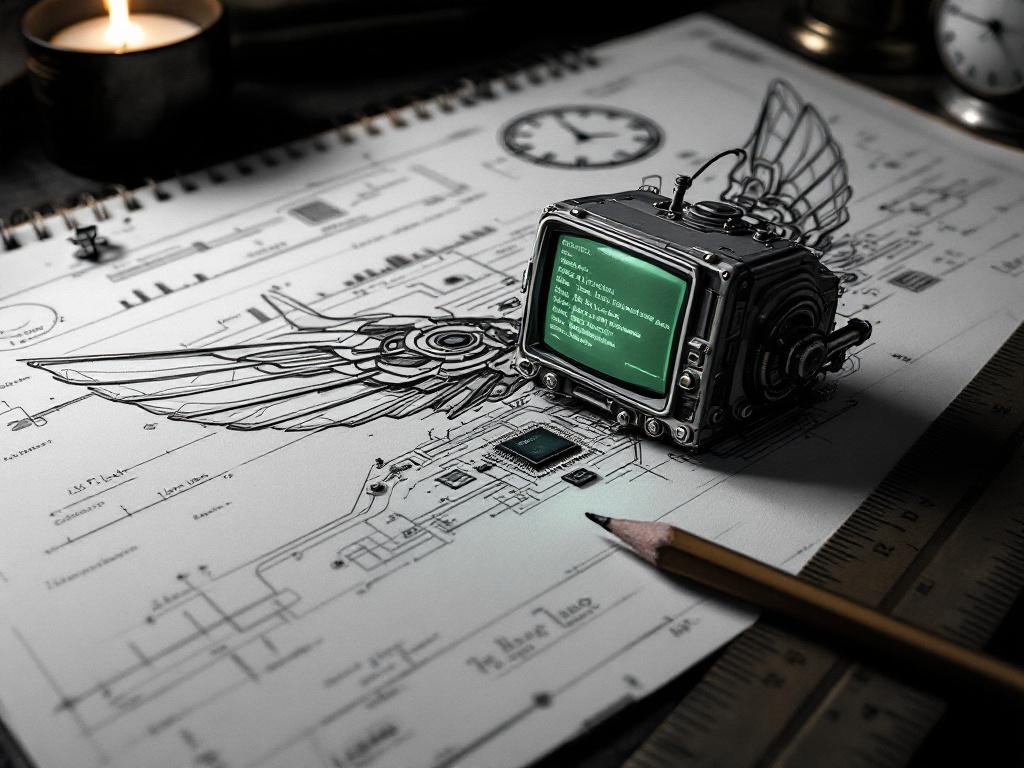
Apache Arrow defines a language-independent columnar memory format for flat
and nested data, organized for efficient analytic operations on modern
hardware like CPUs and GPUs. The Apache Arrow memory format also supports
zero-copy reads for lightning-fast data access without serialization overhead.
Apache Arrow is the standard for operating at speed with data. All major data
platforms support the format. On top of the memory format, the Apache Arrow
project defines two protocols: Apache Arrow Flight and Apache Arrow Flight
SQL. Apache Arrow Flight focuses on transferring data from a (set of)
server(s) to a client. Apache Arrow Flight SQL extends this protocol with
higher-level primitives typically found in a relational database (thus the name
Flight SQL).
In this post, we will explore how to build a simple relational database using
Apache Arrow Flight SQL
and Apache DataFusion (a relational query
engine). In particular, we’ll be using the Java programming language, with the
Apache Arrow Java
implementation, and the DataFusion
Java bindings, which are
not yet officially part of Apache Arrow or Apache DataFusion but live in the
DataFusion-Contrib repository.
Read More
What's happening at home?
September 26, 2025
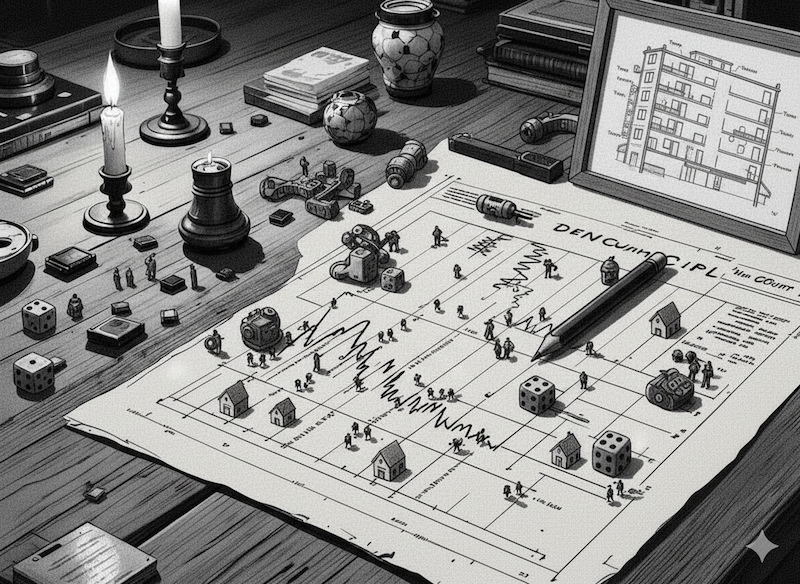
Enough with the purely random time series. Let’s dive into generating time
series that are based on a model simulation (yes, still randomness, but with
some recognizable parts). For example, let’s generate a set of time series based
on fictive sensors in a fictive apartment building.
This apartment we are simulating has five different sensors:
- Temperature: in degrees Celsius
- Humidity: percentage humidity
- CO2: parts per million (ppm) of CO2 (rises with the presence of humans)
- Light: light strength in lux
- Motion: is motion is detected?
Read More
Inverse Fourier for Repeating Pattern
September 25, 2025
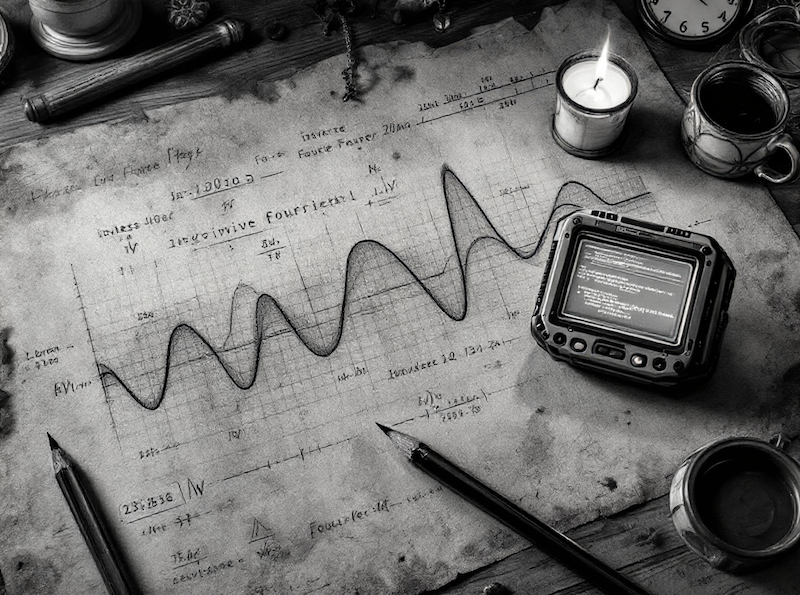
The Fourier transform
decomposes a signal into a sum of weighted sine waves. The rational behind the
method is that slow moving sine waves capture the general trend of the time
series. Whereas the fast moving sine waves capture the details in the time
series.
Why decompse a time series into sine waves? Noise is seen in the details. Thus,
removing the fastest moving sine waves corresponds to removing noise. Denoising
is an example of a function that is easily implemented/expressed on sine waves,
but very difficult on the original time series.
In this blog post, we will use the inverse of the Fourier transform: starting
from a set of sine wave, we re-compose the time series. The contribution of each
sine wave in the set is randomly chosen.
Read More
Walking Randomly
August 08, 2025
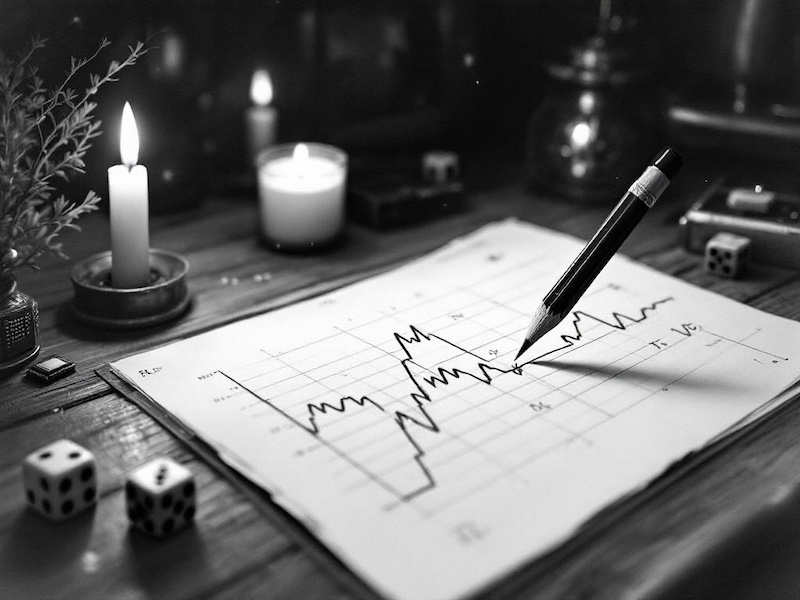
In the previous blog post, I wrote about generating random time series data. It
was a first taste of time series and generating data with Python. In this post,
I want to add historical context to the time series data. A (Gaussian) random
walk, takes a random step
at each time step. The random step is drawn from a normal distribution and added
to the value of the previous point. As such, historical context is built up.
Read More
Generating Test Data
August 08, 2025
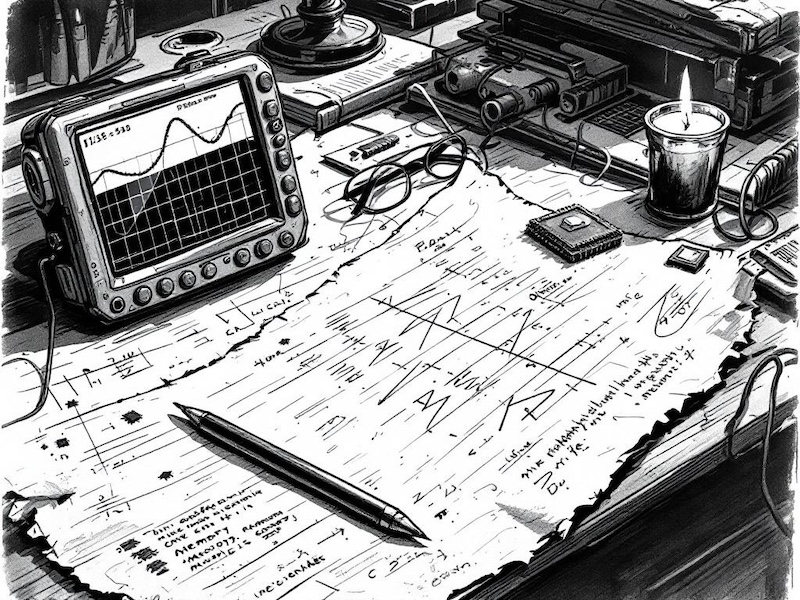
I’m writing this blog to learn about time series, programming in Python and Rust
and database architecture. In this post, I want to get started with generating
time series data.
What is a time series? Simply put, a time series is a sequence of data
points indexed in time order. You encounter time series data every day — think
of sensor measurements, sales data, stock prices, and weather forecasts.
The goal is to get a feel for what time series data looks like, what types of
time series there are, what some properties are, and how to generate realistic
looking fake data. Having test data with known properties will be extremely
useful for testing and benchmarking time series databases.
Read More
Welcome to my blog
August 01, 2025

Hi!
I’m Joris, a programmer and database enthusiast. I’m currently a Staff Software
Engineer at a company that builds time series analytics software.
Why am I starting this blog? Because of the evolution of database technologies
and the new possibilities they bring. In this space, I’ll explore topics related
to database architecture, time series, query languages, composable data
systems, and programming in general.
The recent emergence of technologies like Apache Arrow & DataFusion, DuckDB,
and the data lakehouse architecture has made building custom databases
more accessible than ever. These innovations are reshaping the data
landscape, and I’m excited to delve into them and share my findings with you.
Everything on this blog represents my personal views, evolving over time. I
hope my writing inspires you to explore these topics further and perhaps even
challenge my perspectives. Feel free to reach out with your thoughts, questions,
or suggestions—I’d love to hear from you!
Read More





